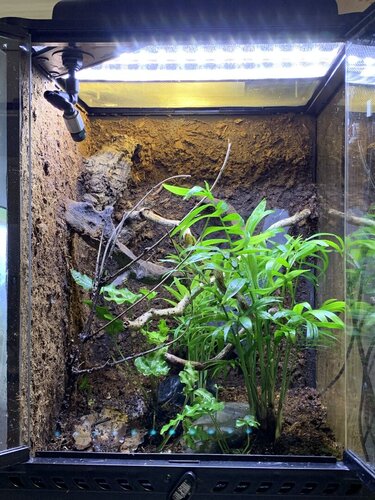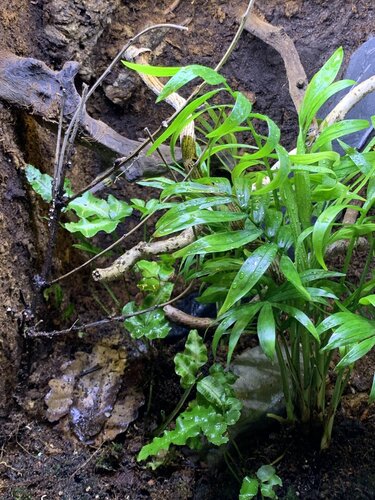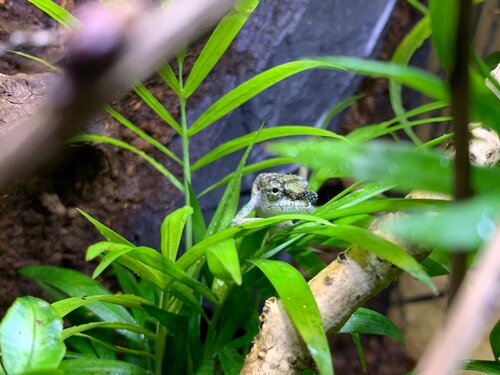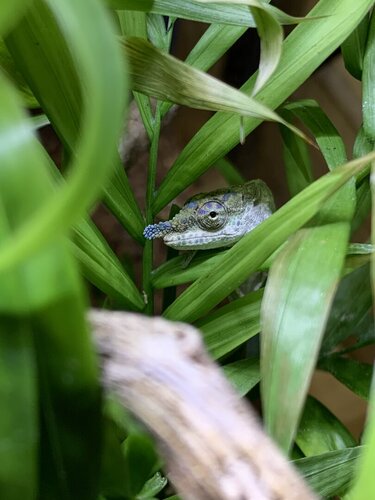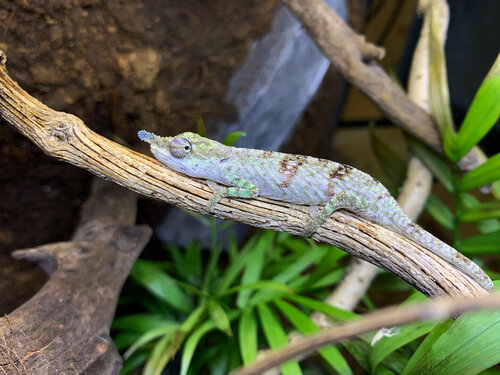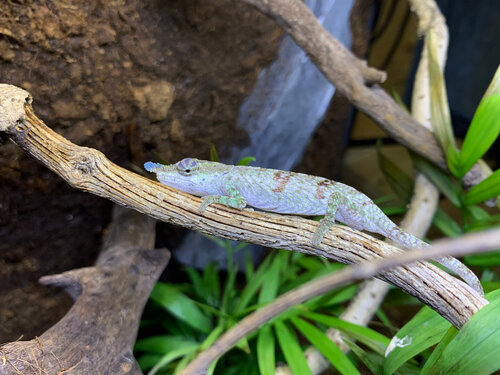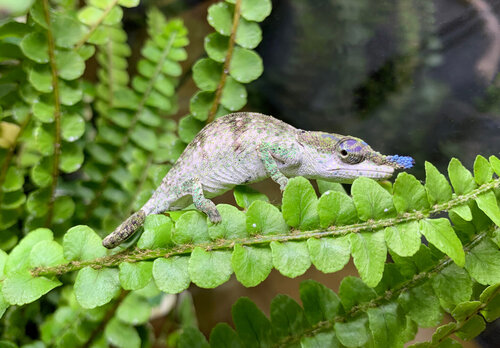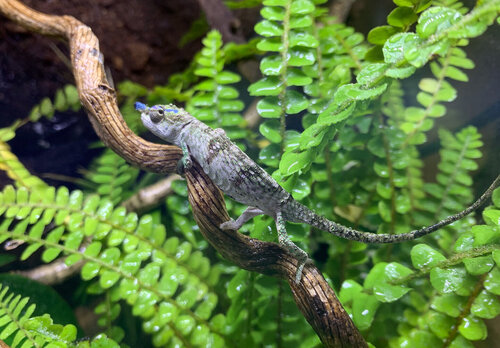skoram
Established Member
Gorgeous enclosure! The image of the new layout I had in my mind is very similar to your photo.
I tend to agree with you that this is likely a female. If there is a hemipenal bulge it is absolutely tiny. Contrast with the photo in my first post where the bulge is fairly evident.
I wish there was some way to be sure. I'd hate to get 2 males and eliminate any chances of breeding. My linotum mostly stays in one spot and moves around very slowly, though she does utilize many different parts of the enclosure. She is quite shy and tries to hide whenever my hand comes near. Though I have not directly witnessed her feeding yet, she has defecated at least two times while I've had her. Her feces was very small and compact (vs. long and thing) and had very bright, white urates.
I tend to agree with you that this is likely a female. If there is a hemipenal bulge it is absolutely tiny. Contrast with the photo in my first post where the bulge is fairly evident.
I wish there was some way to be sure. I'd hate to get 2 males and eliminate any chances of breeding. My linotum mostly stays in one spot and moves around very slowly, though she does utilize many different parts of the enclosure. She is quite shy and tries to hide whenever my hand comes near. Though I have not directly witnessed her feeding yet, she has defecated at least two times while I've had her. Her feces was very small and compact (vs. long and thing) and had very bright, white urates.

